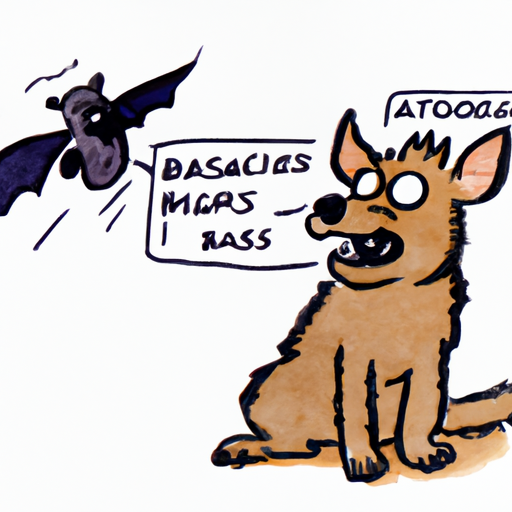Introduction
You, as a caring dog owner, must be aware of the potential threats to your beloved pet’s health. One of the most dangerous diseases that can affect your dog is rabies. A rabid dog not only poses a threat to itself but also to people and other animals around it. In this comprehensive guide, we’ll discuss how dogs catch rabies, the signs to look out for, and the steps you can take to prevent this deadly disease.
How Dogs Contract Rabies
Rabies is a zoonotic virus, meaning it can be transmitted from animals to humans. It primarily spreads through the bite of an infected animal. When an infected animal bites your dog, the virus, present in the saliva of the infected creature, enters your dog’s body.
- Bites: The most common way for a dog to contract rabies is through a bite from an infected animal. This could be from a wild animal such as a raccoon, skunk, bat, or fox, or from another domestic pet that has contracted the disease.
- Scratches: Although less common, your dog could also contract rabies if it gets scratched by an infected animal. The virus could be present in the claws of the animal if they have been licking their paws.
- Open Wounds: If your dog has any open wounds, these could also act as entry points for the virus if they come into contact with the saliva of an infected animal.
| Route of Transmission | Likelihood |
|---|---|
| Bites | High |
| Scratches | Medium |
| Open Wounds | Low |
Signs and Symptoms of Rabies in Dogs
After your dog has been exposed to the virus, it may take anywhere from two weeks to several months for symptoms to appear. The disease progresses in three stages:
-
Prodromal Stage: This is the initial stage of rabies, lasting 2-3 days. Your dog might show signs of nervousness, anxiety, and may isolate itself. A change in the tone of its bark might also be observed.
-
Furious Stage: In this stage, your dog may become aggressive, often biting at objects and even its own body. They may show signs of restlessness and irritability. This stage lasts 1-7 days.
-
Paralytic Stage: The final stage of the disease, where your dog suffers from muscle weakness, loss of coordination, and paralysis. It may have difficulty swallowing and drooling excessively. This stage often leads to death.
Preventing Rabies
The best defense against rabies is prevention. Here’s how you can protect your dog:
- Vaccination: The most effective way to prevent rabies is to get your dog vaccinated. Puppies can receive their first rabies vaccination at 12 weeks of age, and then they need a booster one year later, and subsequent boosters every three years.
- Avoid Wildlife: Keep your pet away from wild animals or stray dogs, as they are more likely to carry the disease.
- Leash Your Dog: When in public, always keep your dog on a leash to prevent any unwanted interactions with other animals.
- Report Strays: If you notice stray dogs or other animals acting strangely, report them to your local animal control.
FAQ
Q: Can my dog contract rabies from a dead animal?
A: Yes, even a dead animal can transmit rabies if your dog comes into contact with its saliva or nervous tissue.
Q: How long after a bite can a dog show rabies symptoms?
A: Symptoms can appear anywhere between two weeks to several months after your dog has been bitten.
Q: Can I vaccinate my dog at home?
A: No, rabies vaccines must be administered by a licensed vet.
Q: Is there a cure for rabies?
A: Once symptoms appear, rabies is almost always fatal. Therefore, prevention through vaccination is crucial.
As a committed dog owner, your pet’s health is in your hands. With the right knowledge and preventive measures, you can ensure your furry friend stays safe from the threat of rabies.



